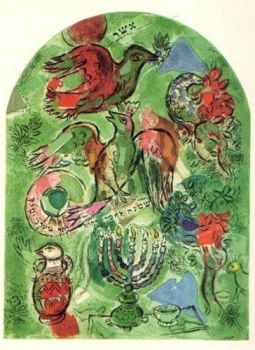Sette Pianeti 1760
Georg Balthasar Probst
€ 1.450
Inter-Antiquariaat Mefferdt & De Jonge
- A proposito di opere d'arte
THE SEVEN PLANETS Complete series of 7 copper engravings, circa 1760, published in Augsburg by Georg Balthasar Probst. Coloured by hand. Dim. each 28 x 41 cm. In Classical Antiquity, all celestial bodies that did not move with the stars were classified as planets. Besides the then known planets Mercury, Venus, Mars, Jupiter and Saturn, the Sun and Moon were also considered planets. These seven planets are symbolically represented here as gods of Classical Antiquity. The Sun - represented as the god Apollo, youthful, strong and handsome, with a majestic, uncluttered gaze. He carries a lyre and a bow and arrow as attributes. He is accompanied by the constellation Leo. The Moon - represented by the goddess Luna with waxing moon and constellation Cancer. Mars - god of war, depicted as always in armour, accompanied by the constellation Aries, at the bottom of the representation soldiers, banners and weaponry. Mercury - god of trade, travellers and profit, depicted with symbols indicating speed: winged sandals, a winged helmet and a winged staff encircled with snakes, he is accompanied by the constellation Gemini. Jupiter - the supreme god, with crown and in his hand lightning bolts, next to him constellation Pisces. Venus - goddess of love, beauty, fertility and protector of gardens and vineyards, depicted with Cupid and constellation Libra at her side. Saturn - god of agriculture and stockbreeding, depicted with beard and scythe, flanked by the constellation of Capricorn, in the representation below everything indicates a rich harvest. After the rejection of the doctrine of geocentrism (in the 16th century) and the adoption of the heliocentric theory, the Earth was added to the list of planets and the Sun was removed from it. When Galileo Galilei discovered moons around Jupiter, the Earth's moon was no longer considered a planet either. The geocentric model was long adhered to because humans on Earth do not feel it revolving, and because the Sun and other celestial bodies seem to revolve around the Earth every day. At the time these engravings were made, of course, all this was already known, but in classical representations one takes great liberties. Georg Balthasar Probst (1732-1801) published them with imperial privilege. Price: Euro 1.450,- (series of 7)
Sei interessato ad acquistare questa opera d'arte?
Artwork details
Related artworks
Rene Rietmeyer
"Portrait of Rauschenberg, January 2002"2002
Prezzo su richiestaEuropean Cultural Centre Collection
1 - 4 / 24- 1 - 4 / 12





































